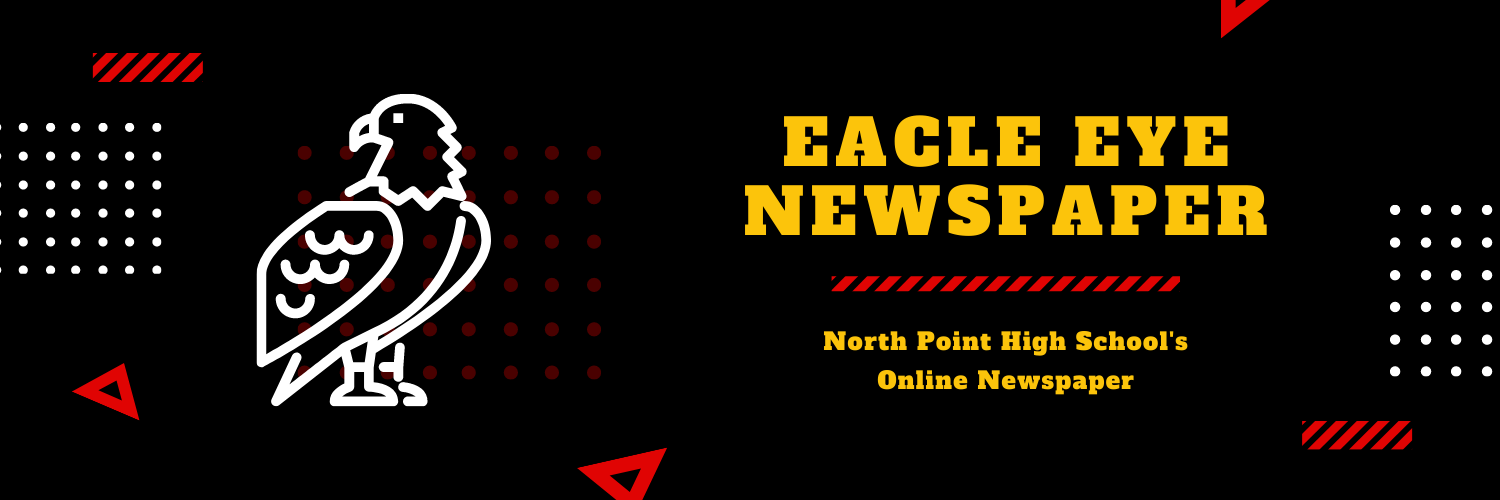660 million. That’s the combined number of Facebook and Twitter users on the internet, a sum double the entire population of the United States. For teenagers, who make up a large portion of that number, said social networking sites have become a home away from home where they can interact with friends, acquaintances, and often, strangers. It is no surprise then that the internet has often been the cause of emotional distress for many teens, in the form of cyber bullying.
The Department of Health & Human Services defines cyber bullying as “an aggressive, repeated, intentional act carried out by a group or individual, using electronic forms of contact, against a victim who cannot easily defend himself or herself.” This may sound like a dry string of words, but to the 15% of teens who have been cyber bullied, it represents pain that is very real and extremely affecting. Bullying takes the form of sending threatening or vulgar messages, posting private information about others, masquerading as someone else online or intentionally excluding a person from an online group.
“She told me that I was an illiterate troll and that I should go back to my troll cave.” These words, from a faceless stranger on Twitter, were directed at one North Point underclassman. “It made me laugh,” said the student of this almost ridiculous insult. However, most cyber bullying isn’t nearly as amusing.
One student described a recent evening when the police showed up on her doorstep, looking for a neighbor who had been reported missing by a man who was stalking her on Facebook. The neighbor was forced to delete her account on the social networking website.
“Traditional” bullying – the classic schoolyard taunting or movie style taking of lunch money – has existed for ages, perhaps since the start of humanity. After all, it is human nature to gang up on those considered inferior, whether they are so based on their looks, religion, skin color, or any other distinguishing factor. The first scientific journal article documenting the bullying phenomenon was published 114 years ago, in 1897. Historically, bullying has been seen as a normal aspect of adolescence. Recently, however, parents and schools have looked at it as a social problem in need of solving.
Victims of bullying, and cyber bullying in particular, suffer from increased anxiety, depression, and school absences. The bullies themselves also exhibit higher rates of these attributes. Researchers have found that kids and teens bully others to cover feelings of inadequacy or because they lack compassion, impulse control and social skills. The majority of victims point to someone at their school as the perpetrator, while a significant amount are completely unaware of their tormentor’s identity. 61% of cyber bullying victims are also harassed at school.
In Charles County, any hazing or harassment, online or off, is expressly prohibited and punishable by suspension or expulsion. The school system urges any victims to ignore the bully and report the incident to their teacher. Victims can also contact the website where the harassment is taking place, as such actions most likely violate the company’s terms of service, which may enable the site to remove the offending user. Most of all, victims should realize that they are far from alone – many teenagers suffer from cyber bullying, and there are many resources available to end the abuse.



